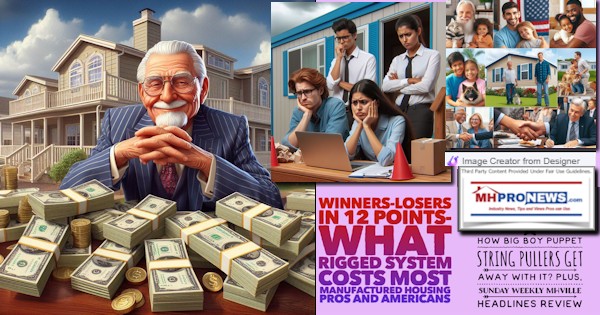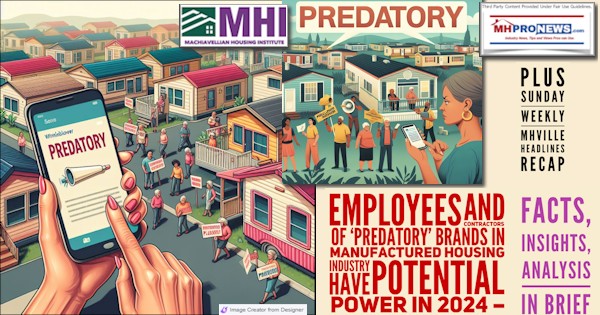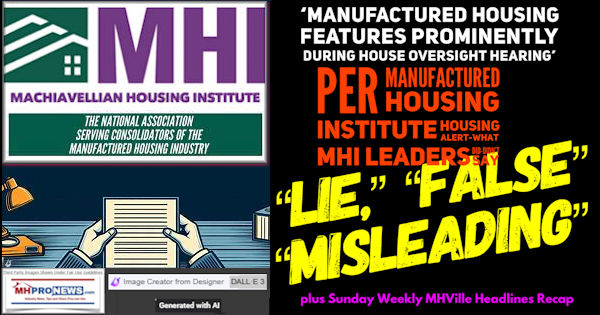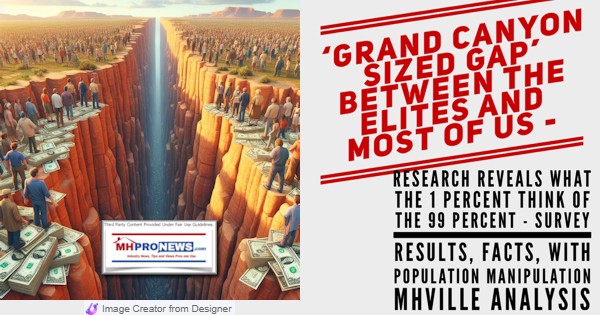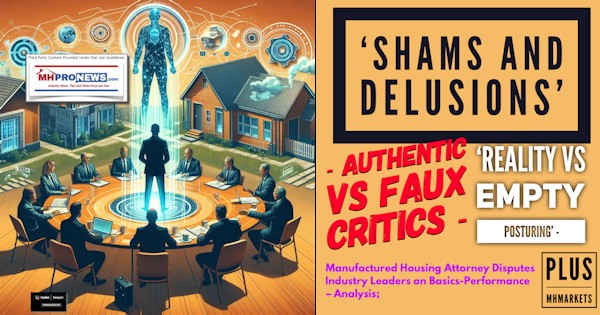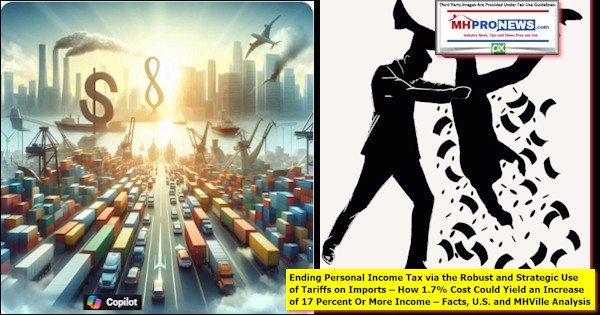
There are some things that sound too good to be true because they aren’t true. That said, there are exceptions to the rule. When something that sounds good is a properly tested, one may discover if it is true or not. For example, consider the case of someone with little or no prior exposure to modern manufactured housing. It may at first seem like it is too good to be true that someone could buy a home for half the price per square foot of similar sized and features conventional construction. But the more someone digs into the facts and research on modern manufactured, the more the truth of new ‘manufactured homes are about half the cost per square compared to similar conventional housing construction’s reality begins to shine through. By analogy, a similar argument can be made about the controversy stirred up by the 45th President of the United States (POTUS) Donald Trump (R), Bloomberg, Joe Rogan, and former World Bank lead economist István Dobozi on the question of tariffs being good or bad for the U.S. Trump told with left-leaning Bloomberg Editor-in-Chief John Micklethwait at the Economic Club of Chicago on Tuesday, 10.16.2024.
What follows is adapted from this writer’s post on the Patch the systematically unpacks what is right and wrong about István Dobozi’s arguments against Trump and tariffs. To be fair, Dobozi doesn’t dive into the income tax part of the topic. But as those who look carefully at the Dobozi critique systematically will see, he missed some other facts and points that could and should be addressed.
That said, Dobozi seemed to make an important contribution to this discussion recently when he said that the Trump tariff plans will cost American consumers about 1.4 percent to 1.7 percent more. If Dobozi is correct on that point, then implementing a combination of tariffs, deporting illegal immigrants, and pressing the case for antitrust could potentially have more than a 17 percent increase in higher wages for U.S. workers.

The actual income boost would be over 17 percent, because the above revealed that just battling oligopoly style monopolization alone could boost earnings by 17 percent. Ironically, that’s using Biden-Harris figures.
According to the Economic Policy Institute (EPI.org) on 1.31.2022:
The mismanaged integration of the United States into the global economy has devastated U.S. manufacturing workers and their communities. Globalization of our economy, driven by unfair trade, failed trade and investment deals, and, most importantly, currency manipulation and systematic overvaluation of the U.S. dollar over the past two decades has resulted in growing trade deficits—the U.S. importing more than we export—that have eliminated more than five million U.S. manufacturing jobs and nearly 70,000 factories. These losses were accompanied by a shift toward lower-wage service-sector jobs with fewer benefits and lower rates of unionization than manufacturing jobs. The loss of jobs offering good wages and superior benefits for non-college-educated workers has narrowed a once viable pathway to the middle class.
That EPI report also said this.
Black workers in manufacturing earn $5,000 more per year (17.9% more) than in nonmanufacturing industries; Hispanic workers earn $4,800 more per year (+17.8%); AAPI workers earn $4,000 more per year (+14.3%); and white workers earn $10,100 more per year (+29.0%).
While this is oversimplified, when someone combines the efforts to fight oligopoly style monopolization with on-shoring factory jobs into the U.S., increases of roughly 37 percent can be achieved with the relatively modest cost of what Dobozi pegged at 1.4 to 1.7 percent.
Surging imports from China and the resulting growing trade deficit with China have had a key role in manufacturing job loss. Reducing that deficit is critical to bringing jobs back.
There are so many ripple effects of the current trade policies that it is difficult to calculate all of the ramifications. But as the report linked below that unpacks former World Bank lead economist Dobozi’s thinking, it is a simplification to say that for every dollar in higher costs caused by imports with tariffs there would be ten times more earnings. More specifically 1.7 percent higher costs would yield 17 percent (plus the increased noted by EPI above) in higher pay for U.S. workers. It would be a good deal.
Nor is this mere theory, because for several years, the Trump economy was producing higher wages, higher GDP and lower costs.


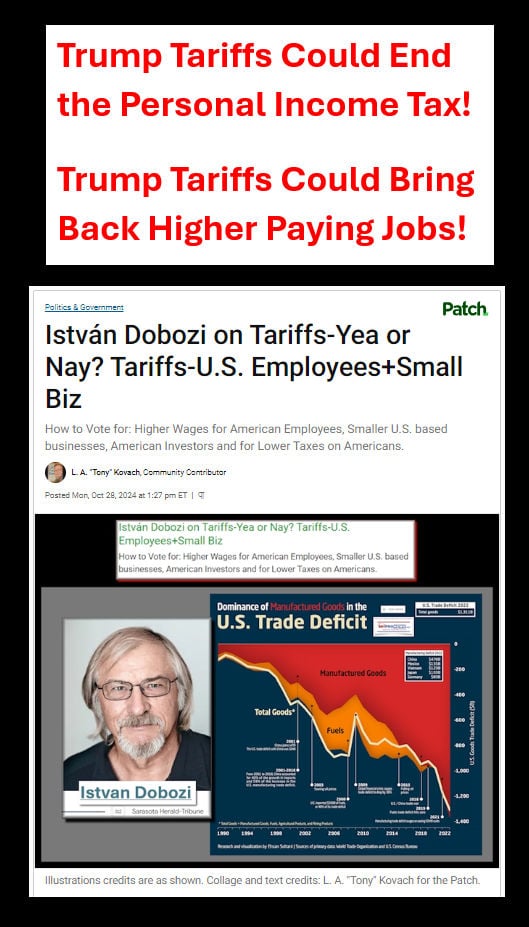
To be objective and fair, Bloomberg’s Micklethwait is correct in saying that this Trump plan wouldn’t be an instant process. It would take time. While not instant, Trump is broadly correct in saying that if the pain of tariffs is high enough, then the response of many companies that want to get into U.S. markets would be to open factories in the U.S.A.
The fact that some automakers, appliance manufacturers, and others have already built U.S. plants instead of importing their products is evidence of Trump’s point. While trade experts could fine tune the numbers as to what the cost-benefits would more precisely be, there are decades – centuries, actually – of evidence that supports Trump’s points.
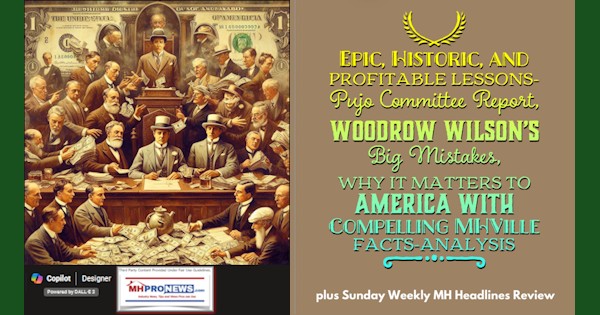
For whatever motivations by those who sold Americans well over a century ago on the arguably false notion of replacing tariffs with the income tax would somehow benefit the American people. That tariffs for income tax swap slowly benefited the financial elites in the U.S. while harming the masses of Americans over time.
Trump is offering Americans a way out of the decades of failed policies by leaders of both major parties that were in too many cases beholden to the donor class. For a more detailed look, see the reports above and the ones linked below. None of this will happen unless millions of people who don’t vote regularly fail to show up to the polls. Vote, VOTE, VOTE! ##
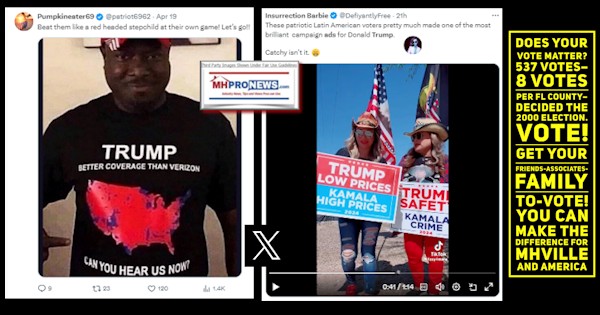
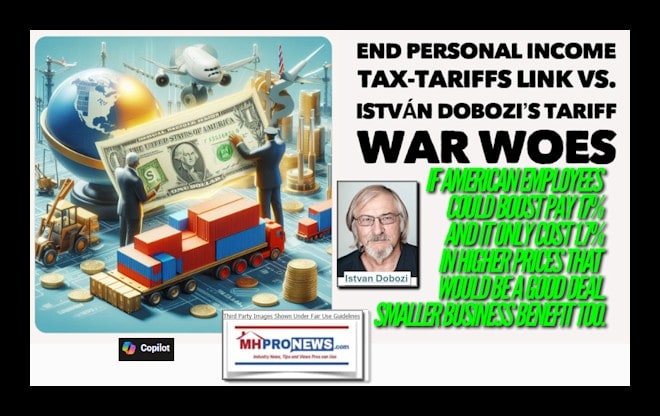
MHProNews notice: the above is adapted from an op-ed by Kovach via the Patch at this link here.
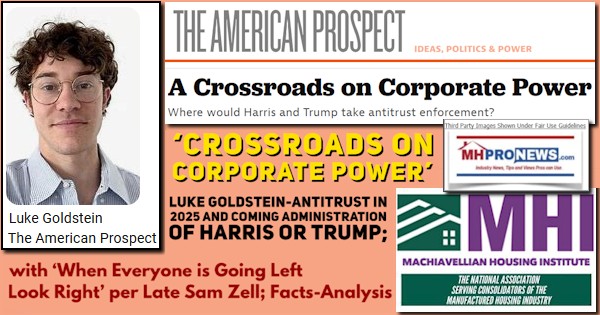

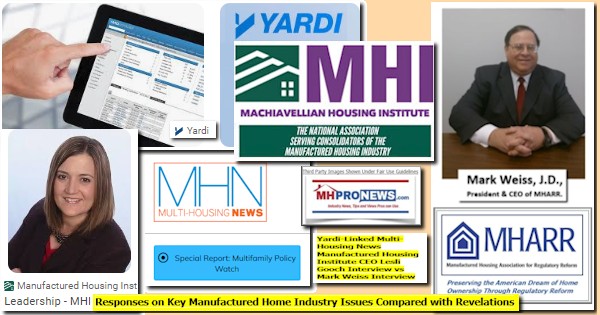
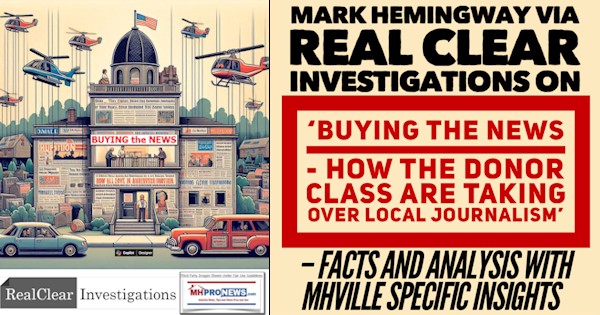



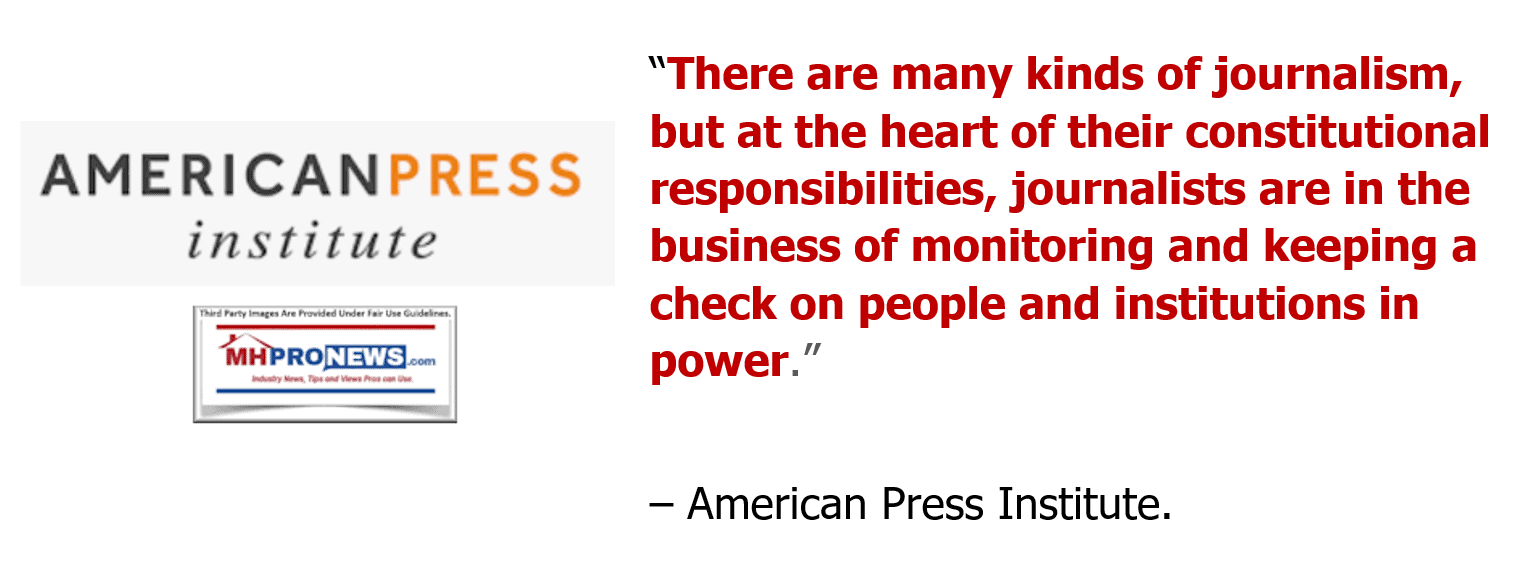

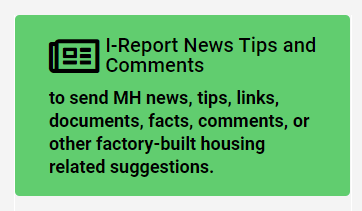
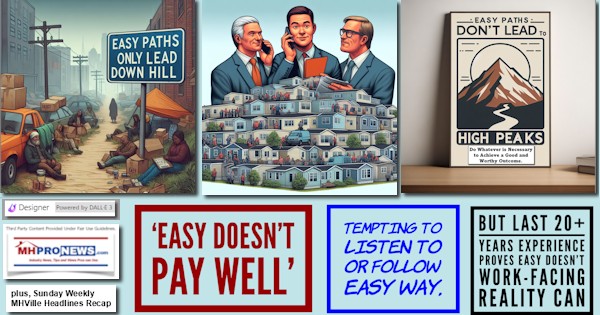
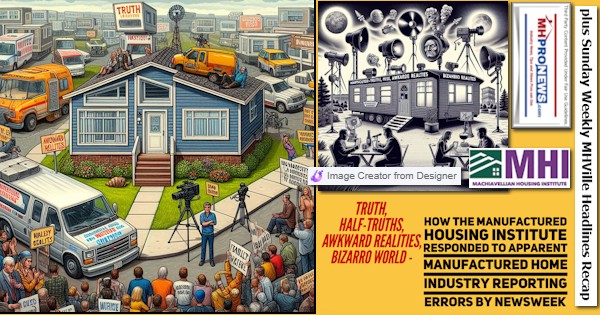
Again, our thanks to free email subscribers and all readers like you, as well as our tipsters/sources, sponsors and God for making and keeping us the runaway number one source for authentic “News through the lens of manufactured homes and factory-built housing” © where “We Provide, You Decide.” © ## (Affordable housing, manufactured homes, reports, fact-checks, analysis, and commentary. Third-party images or content are provided under fair use guidelines for media.) See Related Reports, further below. Text/image boxes often are hot-linked to other reports that can be access by clicking on them.)

By L.A. “Tony” Kovach – for MHProNews.com.
Tony earned a journalism scholarship and earned numerous awards in history and in manufactured housing.
For example, he earned the prestigious Lottinville Award in history from the University of Oklahoma, where he studied history and business management. He’s a managing member and co-founder of LifeStyle Factory Homes, LLC, the parent company to MHProNews, and MHLivingNews.com.
This article reflects the LLC’s and/or the writer’s position and may or may not reflect the views of sponsors or supporters.
Connect on LinkedIn: http://www.linkedin.com/in/latonykovach
Related References:
The text/image boxes below are linked to other reports, which can be accessed by clicking on them.’
